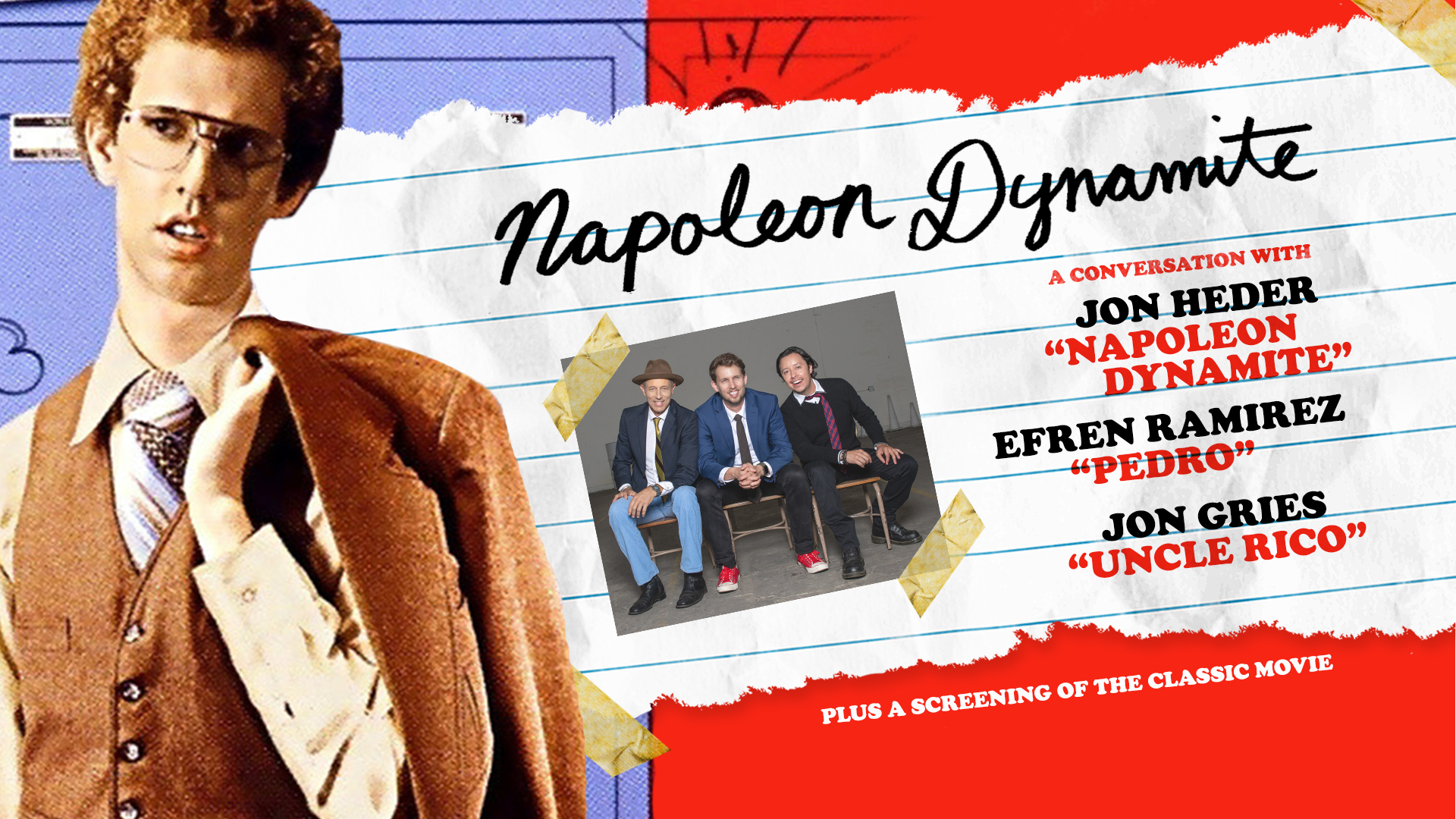Napoleon Dynamite is more than just a quirky comedy—it is a cultural touchstone that left an indelible mark on early 2000s cinema. With its unique humor, unforgettable characters, and minimalist storytelling, it became an unlikely box office success and a cornerstone of modern indie filmmaking. As we dive deeper into the world of Napoleon Dynamite, we explore how this low-budget film gained monumental popularity, the meaning behind its awkward charm, and why it remains a beloved piece of cinematic history.
The Origins of Napoleon Dynamite: From Student Film to Sundance Success
The story of Napoleon Dynamite begins with filmmaker Jared Hess, who created the character while studying at Brigham Young University. The origins trace back to Hess’s student short film titled Peluca, starring Jon Heder as a prototype of Napoleon. After the short gained traction, it was expanded into a full-length feature film on a shoestring budget of approximately $400,000.
The film debuted at the Sundance Film Festival in 2004, quickly gaining a cult following. After being acquired by Fox Searchlight Pictures, it was released to a wider audience and grossed over $46 million globally—a phenomenal return on investment.
Unpacking the Character of Napoleon Dynamite
Napoleon Dynamite, portrayed by Jon Heder, is one of the most idiosyncratic and memorable characters in film history. With his frizzy red hair, moon boots, and love for drawing “ligers,” Napoleon became a pop culture icon. He is socially awkward, painfully honest, and hilariously indifferent, navigating high school life in rural Idaho with a distinct lack of enthusiasm—but with an oddly endearing confidence.
His quotes—“Tina, you fat lard, come get some dinner!” and “Gosh!”—became cultural catchphrases. Despite lacking traditional character development, Napoleon’s journey toward self-expression resonates with audiences, especially those who’ve felt like outsiders.
Supporting Cast That Amplifies the Absurdity
What truly elevates the film is its ensemble cast, each member bringing their own flavor of eccentricity:
Pedro Sanchez (Efren Ramirez) is the soft-spoken best friend who decides to run for class president with the famous tagline, “Vote for Pedro.”
Deb (Tina Majorino) is the shy, ponytailed entrepreneur selling glamour shots and friendship bracelets.
Uncle Rico (Jon Gries) is a delusional ex-football player stuck in the past, constantly trying to relive his glory days.
Kip Dynamite (Aaron Ruell), Napoleon’s older brother, is obsessed with internet chatrooms and ends up romantically involved with LaFawnduh, an online love interest who changes his life.
Each character is written and portrayed in a deadpan, emotionless tone, adding to the film’s offbeat comedic style and solidifying its status as an unconventional masterpiece.
The Aesthetic and Style of Napoleon Dynamite
Set in Preston, Idaho, the film makes no effort to ground itself in a specific time period. Despite being released in the early 2000s, its aesthetic screams the 1980s and 90s—VHS tapes, cassette players, outdated clothing, and rotary phones dominate the visuals. This timeless feel is deliberate, creating a sense of nostalgic disorientation that contributes to its quirky tone.
The cinematography, shot in a muted color palette, complements the minimal dialogue and wide-angle shots, allowing the audience to absorb every awkward silence and every painfully uncomfortable social interaction.
Cultural Impact: “Vote for Pedro” and Beyond
The phrase “Vote for Pedro” is arguably the film’s most enduring legacy. It transcended the screen to become a massive pop culture slogan, appearing on T-shirts, memes, and merchandise globally. It was embraced by everyone from teenagers to celebrities and helped cement the film’s reputation in pop culture.
Even years after its release, Napoleon Dynamite’s legacy continues:
The film inspired a short-lived animated TV series.
Numerous cast reunions and anniversary screenings have taken place.
It has been referenced in music videos, sitcoms, and even political campaigns.
Analyzing the Humor: Deadpan Delivery Meets Surreal Realism
Napoleon Dynamite’s humor is deeply nuanced, relying heavily on deadpan delivery, awkward silences, and dry absurdity. The jokes are not conventional setups with punchlines—they emerge from situations, character reactions, and visual gags.
There are no traditional comedic arcs or major plot twists. Instead, the story is built on moments: Napoleon feeding a llama named Tina, Kip bragging about his online relationship, or Pedro building a cake for his crush. These surreal yet oddly relatable scenes reflect a form of realism that feels authentic for anyone who has experienced small-town adolescence.
Themes That Resonate: Alienation, Identity, and Acceptance
At its core, Napoleon Dynamite is a film about misfits finding their place in a world that doesn’t quite understand them. Themes of alienation, self-expression, and the quest for identity are deeply embedded in the story. None of the characters undergo dramatic transformations, but each achieves a sense of fulfillment by the film’s end.
Napoleon gains confidence through his surprise dance performance.
Pedro wins the school election despite his outsider status.
Kip breaks out of his shell and starts a new life.
This subtle evolution gives the film emotional weight beneath its absurdist shell.
Legacy and Influence on Modern Cinema
Napoleon Dynamite carved a path for low-budget indie films with non-traditional storytelling. It showed that you don’t need high-stakes drama or expensive effects to make a lasting impression. Instead, you need originality, strong characters, and the courage to be different.
Many contemporary films and TV shows—like Juno, Lady Bird, and The End of the F**ing World*—owe a debt to the tone and sensibility pioneered by Napoleon Dynamite. It stands as a milestone for independent filmmakers and a testament to the power of niche storytelling done right.
Final Thoughts
Napoleon Dynamite remains a rare gem in the landscape of modern cinema. With its offbeat humor, unforgettable characters, and unmistakable style, it continues to inspire filmmakers and entertain audiences two decades after its release. In a world saturated with formulaic comedies, this film stands as a refreshing reminder that sometimes the weirdest voices are the ones that resonate the longest.



















